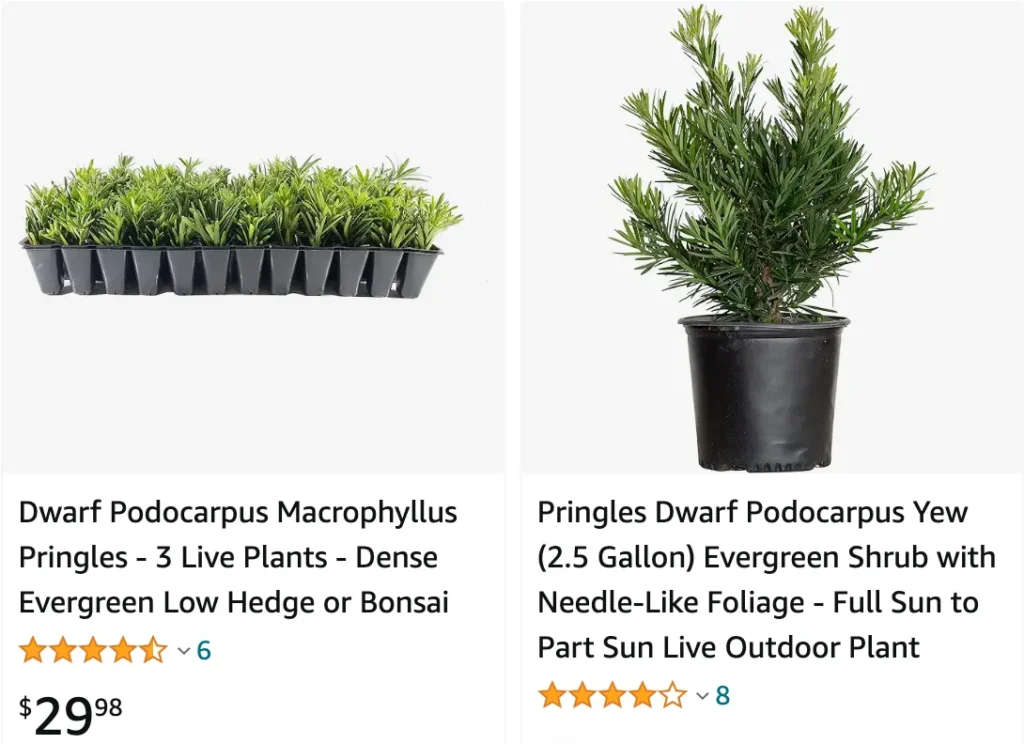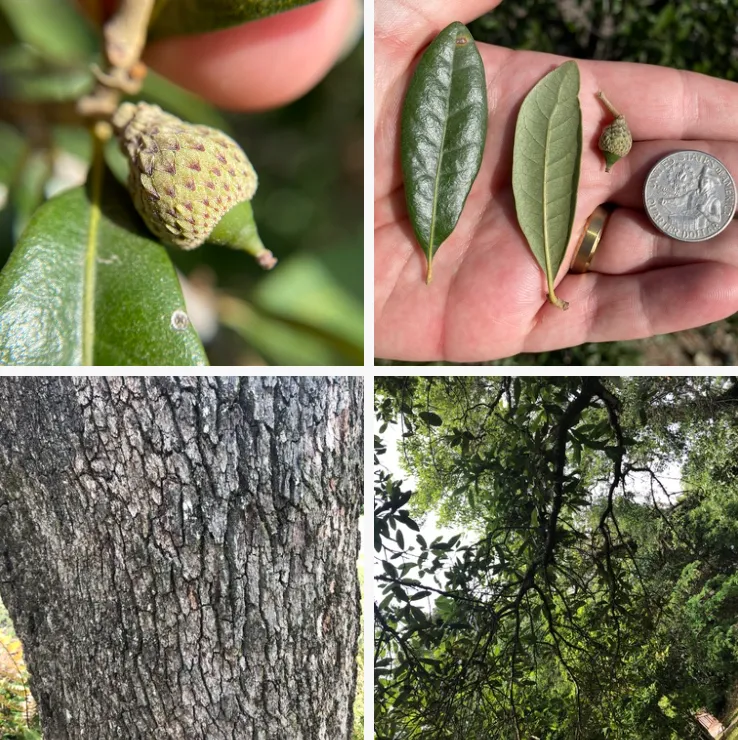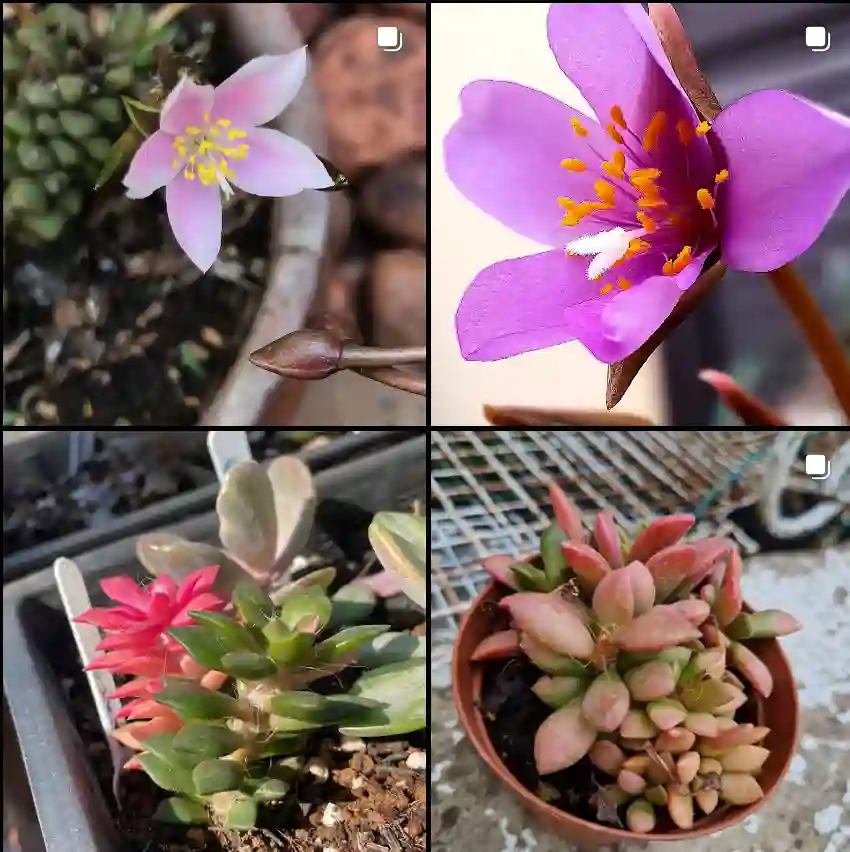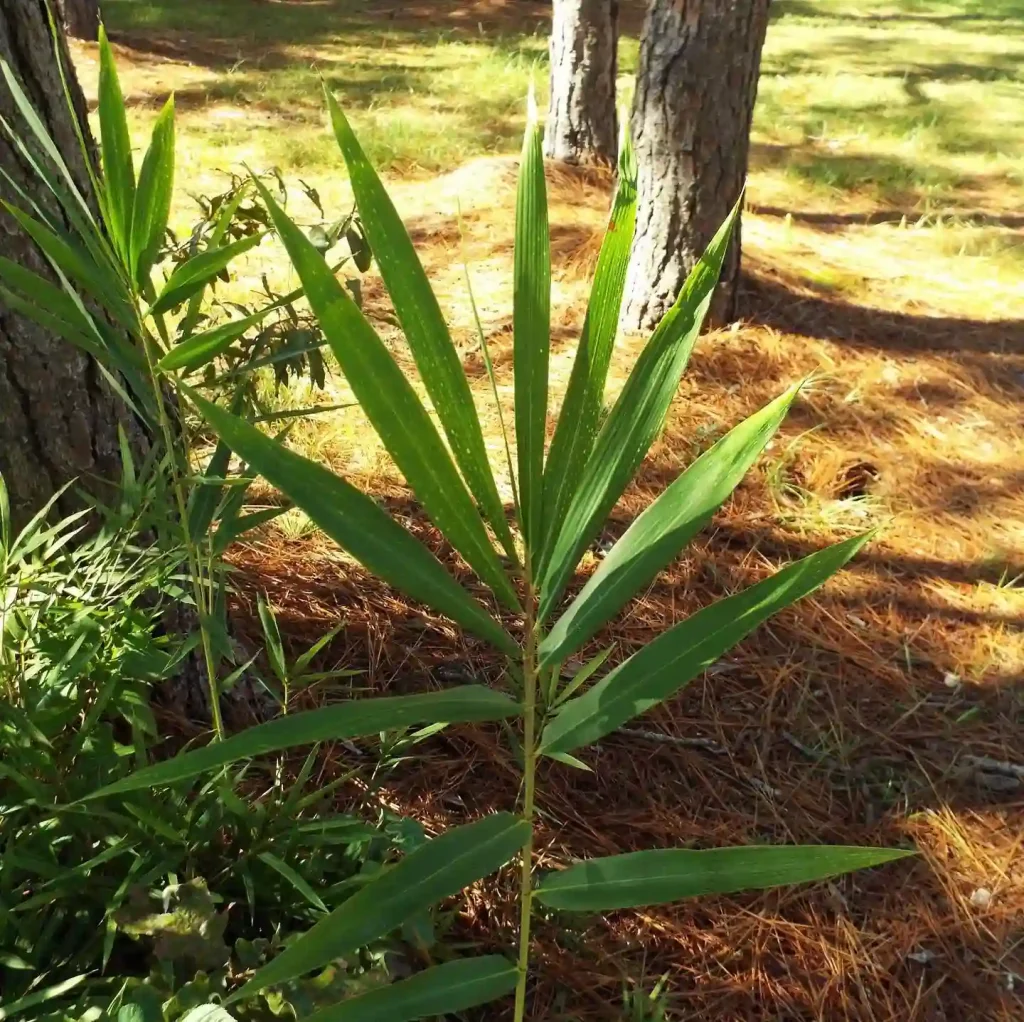
Podocarpus Pringles: The Unassuming Champion of Low-Maintenance Landscaping
For years, my garden resembled a chaotic jungle. Vibrant flowers vied for space with sprawling vines, creating a visually stunning yet utterly unmanageable mess. I yearned for a touch of order, a plant that offered beauty without the constant battle. Enter the Podocarpus Pringle, a shrub so easygoing it practically begs to be included in your landscape.
This dwarf evergreen champion quickly stole my heart (and a prominent spot in my garden). Its dark green, glossy needles add a touch of sophistication, while its compact size makes it perfect for borders, foundation plantings, or even container gardening. But the Podocarpus Pringle’s true magic lies in its low-maintenance nature. Let’s delve into this wonder shrub and explore how it can transform your garden with minimal effort.
117 Species in Genus Podocarpus
What is a Podocarpus Pringle?
The Podocarpus Pringle, also known as the Dwarf Podocarpus (Podocarpus macrophyllus ‘Pringles’), is a slow-growing evergreen shrub native to the mountainous regions of China and Japan. A member of the Podocarpaceae family, it’s sometimes called the Buddhist pine or yew pine due to its resemblance to these conifers. Unlike its larger cousins, the Podocarpus Pringle stays delightfully compact, reaching a mature height of only 3-4 feet. This makes it ideal for smaller gardens or situations where space is limited.
Podocarpus Pringles vs Maki
I’ve found that Podocarpus Pringles and Maki each have their own charm. The Pringles variety stands out with its slender, graceful foliage that gives it a more refined, delicate appearance. I remember being impressed by how it added a touch of elegance to my garden, especially in shaded areas. On the other hand, Maki is a bit more robust and hearty, with a denser growth pattern. I’ve noticed that it can handle more direct sunlight and harsher conditions, which made it a reliable choice for areas with less consistent care. The choice between the two often comes down to whether I’m looking for a touch of finesse or a hardy, low-maintenance option.
Podocarpus Pringles vs Macrophyllus
In comparing Podocarpus Pringles to Macrophyllus, I’ve had quite different experiences with each. Pringles offers a more compact and neatly arranged growth, which I found perfect for smaller spaces or as a low hedge. It has a refined look that works well in more formal garden designs. Meanwhile, Macrophyllus has much larger, broader leaves, creating a fuller and more substantial presence in the garden. I’ve appreciated its ability to provide more coverage and act as a lush backdrop. If I’m aiming for a dense, tropical feel, Macrophyllus is my go-to, but for a more delicate, structured appearance, Pringles definitely takes the cake.
How to Plant Podocarpus Pringles?
Planting Podocarpus Pringles is a breeze, even for gardening novices like myself. Here’s a quick guide to get you started:
- Choosing the Right Spot: These adaptable shrubs thrive in full sun to part shade. They’ll tolerate a wide range of soil conditions but prefer well-drained, slightly acidic soil. Avoid planting them in constantly wet areas.
- Digging the Hole: Dig a hole about twice the width of the root ball and just as deep.
- Preparing the Plant: Gently loosen the roots of your Podocarpus Pringle to encourage outward growth.
- Planting: Place the plant in the hole and ensure the root ball sits level with the surrounding soil. Backfill the hole and tamp down the soil gently.
- Watering: Water your newly planted Podocarpus Pringle thoroughly.
How to Care for Podocarpus Pringles?
Once established, Podocarpus Pringles are incredibly low-maintenance. Here are some basic care tips:
- Watering: Water regularly, especially during the first year after planting. Once established, they are moderately drought tolerant and only need occasional deep watering during dry spells.
- Fertilizing: While not strictly necessary, a light application of balanced fertilizer in early spring can promote healthy growth.
- Pruning: Podocarpus Pringles are naturally well-behaved, but you can prune them to maintain their shape or size. Pruning can be done anytime throughout the year.
What to Plant with Podocarpus Pringles?
The versatility of Podocarpus Pringles makes them excellent companions for various plants. Here are a few ideas:
- For a pop of color: Consider planting low-growing flowering perennials like daylilies or phlox around the base of your Podocarpus Pringles.
- For added texture: Mix things up by planting ornamental grasses like maiden grass or fountain grass alongside your shrubs.
- For a touch of elegance: Pair your Podocarpus Pringles with shade-loving hostas or ferns for a sophisticated look.
Conclusion: The Podocarpus Pringle – A Gardener’s Delight
The Podocarpus Pringle is a landscaping gem that offers beauty with minimal fuss. Its compact size, adaptability, and low-maintenance needs make it perfect for busy gardeners or those new to the world of horticulture. Whether you’re looking for a foundation planting, a border accent, or a container specimen, the Podocarpus Pringle is sure to add a touch of timeless elegance to your garden. So, ditch the high-maintenance drama and embrace the effortless charm of this little champion. Your garden (and your schedule) will thank you for it.
If i die, water my plants!



